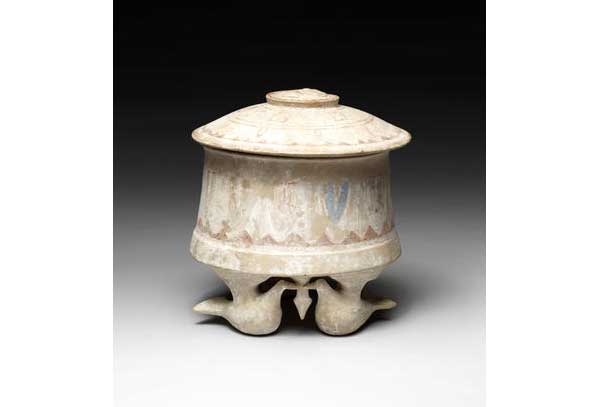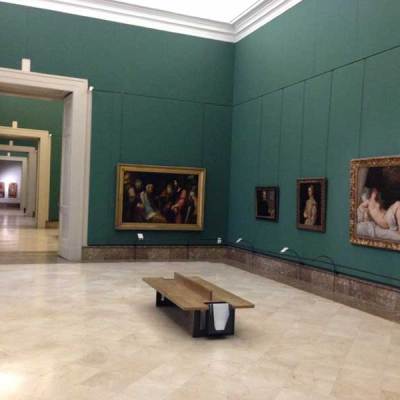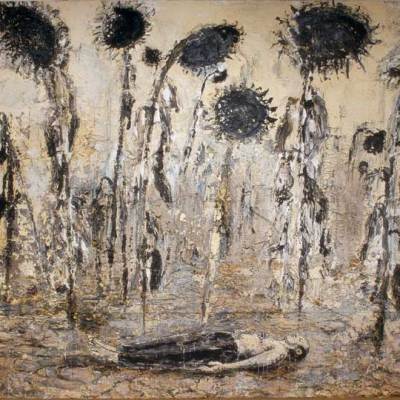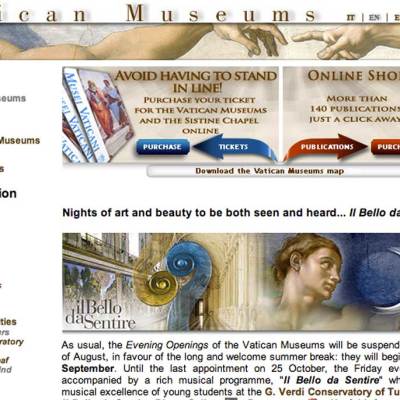Both Christie’s and Bonhams have withdrawn items from this week’s antiquities sales after Christos Tsirogiannis of Cambridge University raised concerns about their provenance. Tsirogiannis recognised Christie’s oinochoe (a glass wine jug) and Bonhams’ pyxis (a Greek vessel used to store jewellery or cosmetics) from photographs of antiquities looted by the notorious dealers Italian dealers Giacomo Medici and Gianfranco Becchina in the 1980s and ’90s. It’s not the first time he’s flagged up possibly looted works in auction house catalogues:
Today’s story in The Times exposes just a fraction of what is really going on. It is worth adding that Christie’s themselves owned or co-owned the oinochoe they were about to sell. All the more reason for them to have double-checked its origins.
Every time I identify in upcoming auction house sales antiquities in the photograph archives of convicted dealers, I notify the relevant authorities. They always request the withdrawal of the identified objects, but the auction houses very rarely act (and even more rarely do they repatriate objects).
Honest ‘due diligence’ would be if the auction houses themselves directly informed the Italian, Greek and other authorities before they put up for sale objects without a documented collecting history before 1970 (the date of the UNESCO Convention against illicit traffic of antiquities), to verify that the antiquities are completely legitimate. Private collectors and galleries should do the same.
Since 2007 I have been identifying antiquities, depicted while not yet conserved, in these photograph archives, before the auctions take place. Since this happens several times every year, it is not usually considered ‘newsworthy’ by sources that non-experts notice, even though the estimated value of the objects I’ve identified ranges from a few thousand to several million pounds.
So far, with few exceptions, only specialised websites regularly present my identifications, such as Professor David Gill’s Looting Matters blog, the blog of the Association for Research into Crimes against Art (ARCA), and Artemagazine by Italian journalist Fabio Isman. It is unfortunate that people do not have the chance to be better informed every time there are identifications. Despite the publicity, I expect the situation to go on, and more revelations to come.



